super class i occlusion
Molar relationship-normal over jet and overbite 3mm or less by probe measurement-all teeth are contacting mesiodistally. The upper incisors were protruded and the open bite was closed.
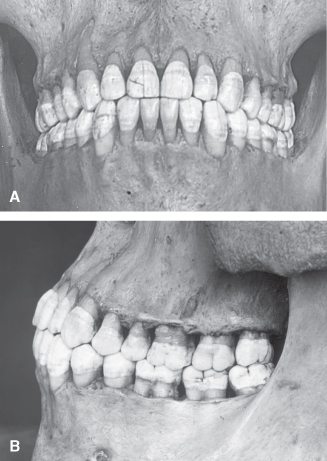
1 Orthodontic Diagnosis And Treatment Planning Pocket Dentistry
Class 1 Class 2 and Class 3.

. In the lab portion of this class we made a set of complete dentures to fit our mannequins in the sim clinic. A definition of the optimal occlusion in the permanent dentition as defined by Lawrence F. A mild class 2 occlusionEnd to endcan be.
This is noted as NORMAL occlusion. Canine by width of a premolar. 1st molar is distal to mesiobuccal cusp of mx 1st molar canine.
The final profile reflected a retrusion of the lower lip and protrusion of the upper lip. As in Case 1 the occlusal plane suffered a counterclockwise rotation. The overall treatment time was 24 months ie 12 months of functional appliance wear and 12 months of fixed appliance treatment.
Am J Orthod 197262296309Andrews six keys to occlusion1Molar relationship. A Class II molar target was assigned a value of 65 mm using the same measurement landmarks. Teeth are aligned in Cusp Fossa relationship with their antagonist teeth.
There are two subtypes of Class II malocclusion. Mesiobuccal groove of md. And those between class I and class III are called super I malocclusion notation S1.
Trained from bounding box super-vision only. At this point new digital models were obtained and a set-up was designed for the second phase of therapy using F22 aligners Sweden Martina Due Carrare Padua Italy. The mesiobuccal cusp of the upper first molar occludes anterior to the buccal groove of the lower first molar.
Achieve generalized spacing through dento alveolar widening and growth. A Class I molar target occlusion was assigned a value of 0 mm millimetric distance between the position of the mesiobuccal cusp tip of the maxillary 1st molar and buccal groove of the mandibular 1st molar in a Class I relationship. While for a symmetric advancement this has clearly been shown to be the result of a stimulation of mandibular growth2526 in conjunction with dentoalveolar effects a corresponding unilateral effect for the SUB group can be expected based on the case reports by Paulsen and Karle18 and Paulsen et al19 During the subsequent MB phase T3T2 the.
Same as normal occlusion but characterized by crowding rotations and other positional irregularities. A Super Class I malocclusion is a mild version of Class III mal-. Lateral view of occlusion pretreatment A and at the end of distal movement of Tooth 26 when a super Class I relationship had been achieved B.
OFNet designed by Lu et al22 considers the relevance between occlusion contours and pixel orien-tations but no semantic information is included. AJO-DO 1972 Sep 296-309. Lateral view of occlusion pretreatment A and at the end of distal movement of Tooth 26 when a super Class I relationship had been achieved B.
The three classesaccording to Angles classification are as follows. The distal surface of the disto-buccal cusp of the. Super Class I Malocclusions When the mesiobuccal cusp tip of the upper fi rst molar occludes distally to the buccal groove of the lower fi rst molar in a position between Class I and full Class III the malocclusion is termed Super Class I Fig.
Ideal occlusion-bilateral class I. Patients will occlude in Super class I occlusion ie. Another class we had was occlusion.
Contact both sides of teeth except posterior-skeletal profile is Class I. This causes the teeth to be misaligned and the lower incisors can touch the gingival tissue of the upper arch of the jaw. Class II occlusion is also known as.
Angles classification This help clinician to better describe the occlusion. The upper molars were extruded and also migrated mesially resulting in a Class I dental occlusion. These constants will be referred to as the six.
Skeletal profile for class I occlusion. They also reveals bilateral asymmetries severity of malocclusion for example. The six keys to normal occlusion - Andrews The six keys to normal occlusion Lawrence F.
Distal of md canine is distal to mesial of mx. The mesiobuccal cusp of the upper first molar occludes with the buccal groove of the lower first molar. A malocclusion is a misalignment or incorrect relation between the teeth of the two dental arches when they approach each other as the jaws close.
In order to better understand types of occlusion its been broken down into three categories. The molar relationship was overcorrected to a super Class I on the left side and Class I on the right side. This class was challenging but once we got the hang of the procedures and techniques it could be fun sometimes depending on the day and whether or not someone accidentally walked off with your mixing.
In a two-stage treatment the active phase involves the use of the removable twin block appliance to reposition the mandible forward until the overjet and overbite are corrected When that occurs the first molars will be in contact and the maxillary and mandibular incisors will be nicely coupled To ensure the patient does not have a dual bite the appliance is worn for a. Edward Angle who is considered the father of modern orthodontics was the first to classify malocclusionHe based his classifications on the relative position of the permanent MAXILLARY FIRST MOLARAngle. Also known as prognathism this class of malocclusion occurs when the lower front teeth are more prominent than the upper front teeth and the patient has a large lower jaw or a short upper one.
Andrews in 1972They have significant clinical implications for routine orthodontic therapyFurther ReadingAndrews L. At this point new digital models were obtained and a set-up was designed for the second phase of therapy using F22 aligners Sweden Martina Due Carrare Padua Italy. This article will discuss six significant characteristics observed in a study of 120 casts of nonorthodontic patients with normal occlusion.
Mesiognathicorthognathis-midlines line up- maxilla and nose are in alignment-no end-to-end bite in occlusion. The six keys to normal occlusion. For patients who have an anterior crossbite associated with a forward anteroposterior shift a slightly super Class I molar occlusion in centric occlusion before treatment is most desirable because correction of the anterior crossbite would eliminate the shift and tend to alter the molar occlusion to Class I.
Class I malocclusion. Same as normal occlusion but characterized by crowding rotations and other positional irregularities. Inter-class occlusion prior to parse scenes and refine pixel-level labels.
This is also known as the standard of occlusion and what we try to achieve.
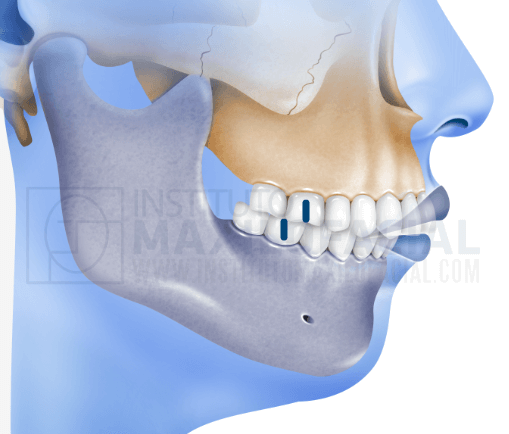
What Is A Class I Class Ii Or Class Iii Bite Instituto Maxilofacial
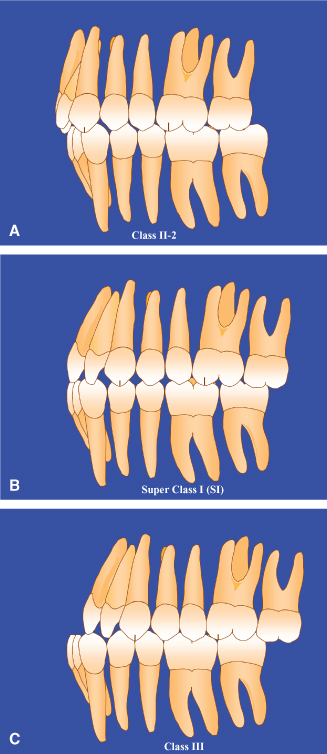
1 Orthodontic Diagnosis And Treatment Planning Pocket Dentistry
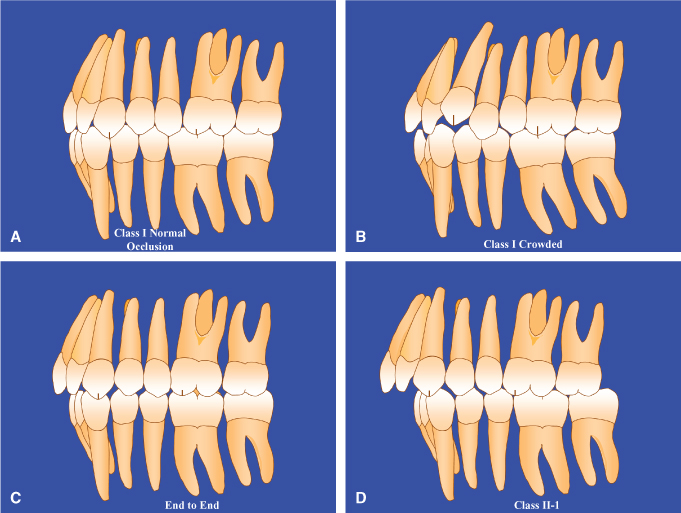
1 Orthodontic Diagnosis And Treatment Planning Pocket Dentistry

12 The Dental Examination Dental Charting Dental Hygiene Student Dental Hygiene School

Treatment Of A Severe Class Ii Division 1 Malocclusion Combined With Surgical Miniscrew Anchorage American Journal Of Orthodontics And Dentofacial Orthopedics
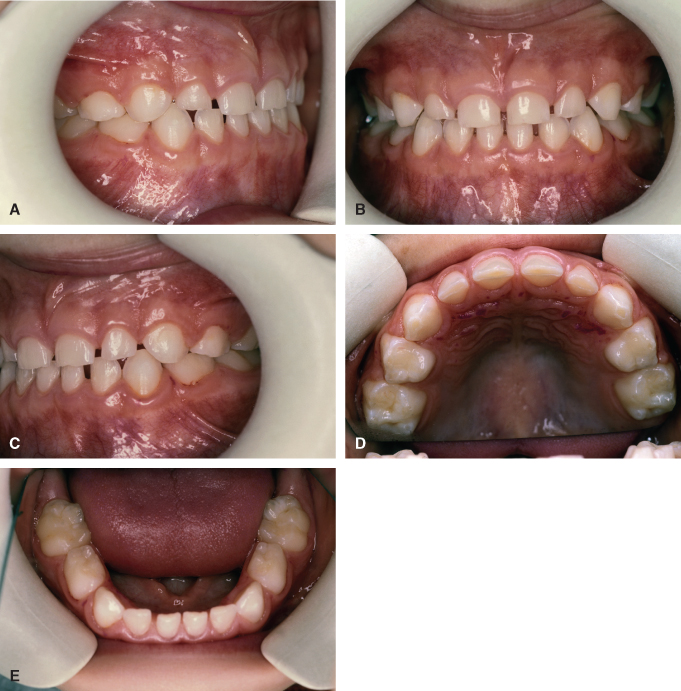
1 Orthodontic Diagnosis And Treatment Planning Pocket Dentistry
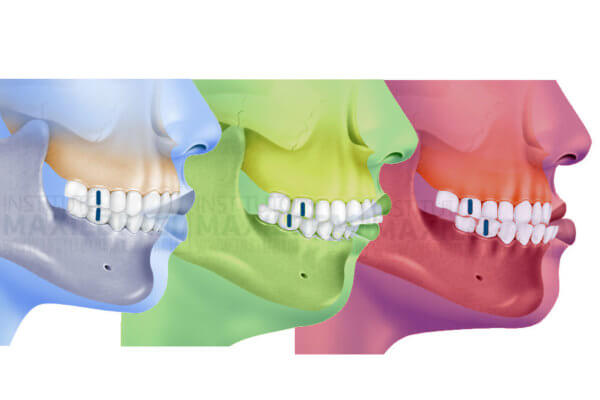
What Is A Class I Class Ii Or Class Iii Bite Instituto Maxilofacial

Malocclusions Class I Class Ii Class Iii Clinical Features Quick Revision Youtube

Interdisciplinary Management Of A Class Iii Anterior Open Bite Malocclusion In A Patient With Cerebral Palsy Journal Of Oral And Maxillofacial Surgery

Angle Siniflamasi Orthodontics Dental Hygiene School Orthodontist Marketing
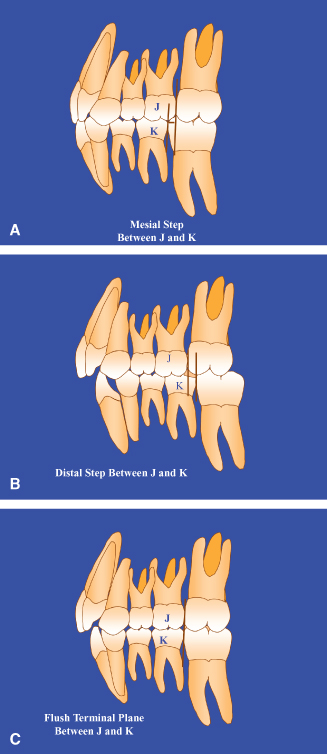
1 Orthodontic Diagnosis And Treatment Planning Pocket Dentistry
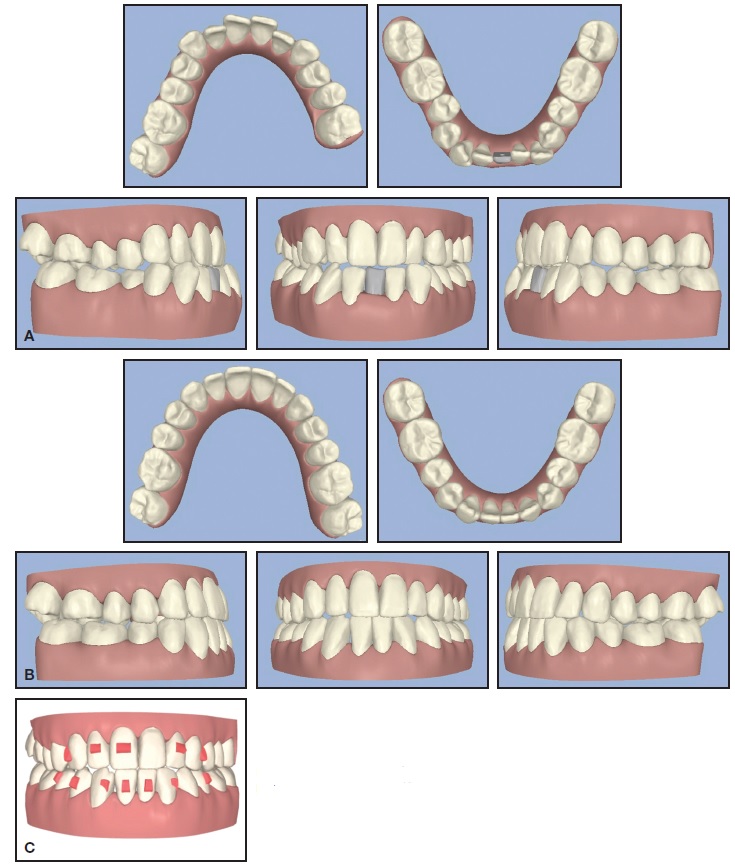
Invisalign Treatment Of Class Iii Malocclusion With Lower Incisor Extraction Jco Online Journal Of Clinical Orthodontics

Case 2 A Frontal Occlusion View Total Inversion Of Dental Relations Download Scientific Diagram

Screen Shot 2014 12 07 At 6 29 19 Pm Dental Hygiene School Dental Assistant Study Dental Hygiene Student

Non Surgical Compensation Of Skeletal Class Iii Malocclusions Oral Health Group

Classes Of Occlusion Dental Caries Dental Hygenist Dental

Jfmk Free Full Text Analysis Of Dental Malocclusion And Neuromotor Control In Young Healthy Subjects Through New Evaluation Tools Html
